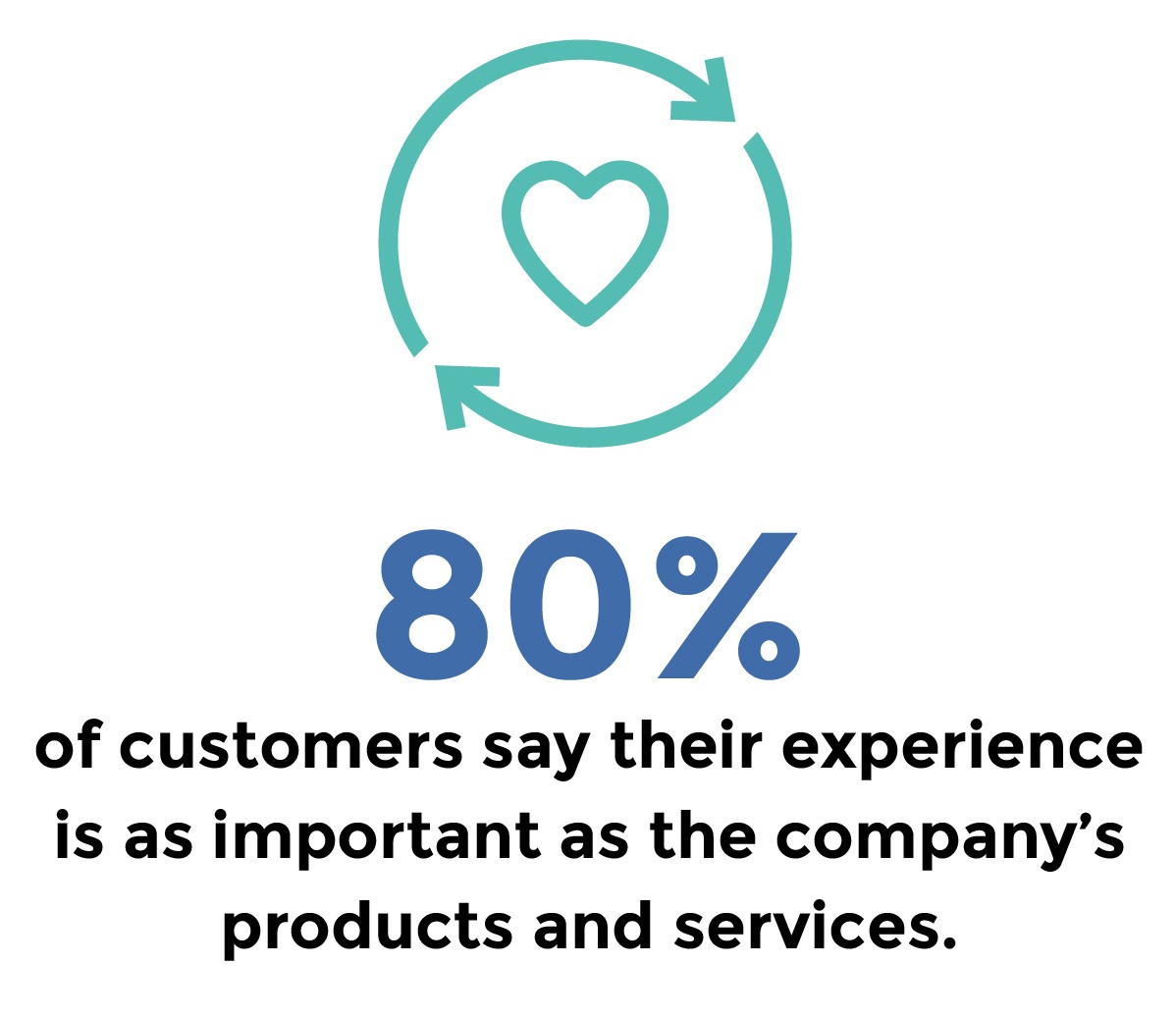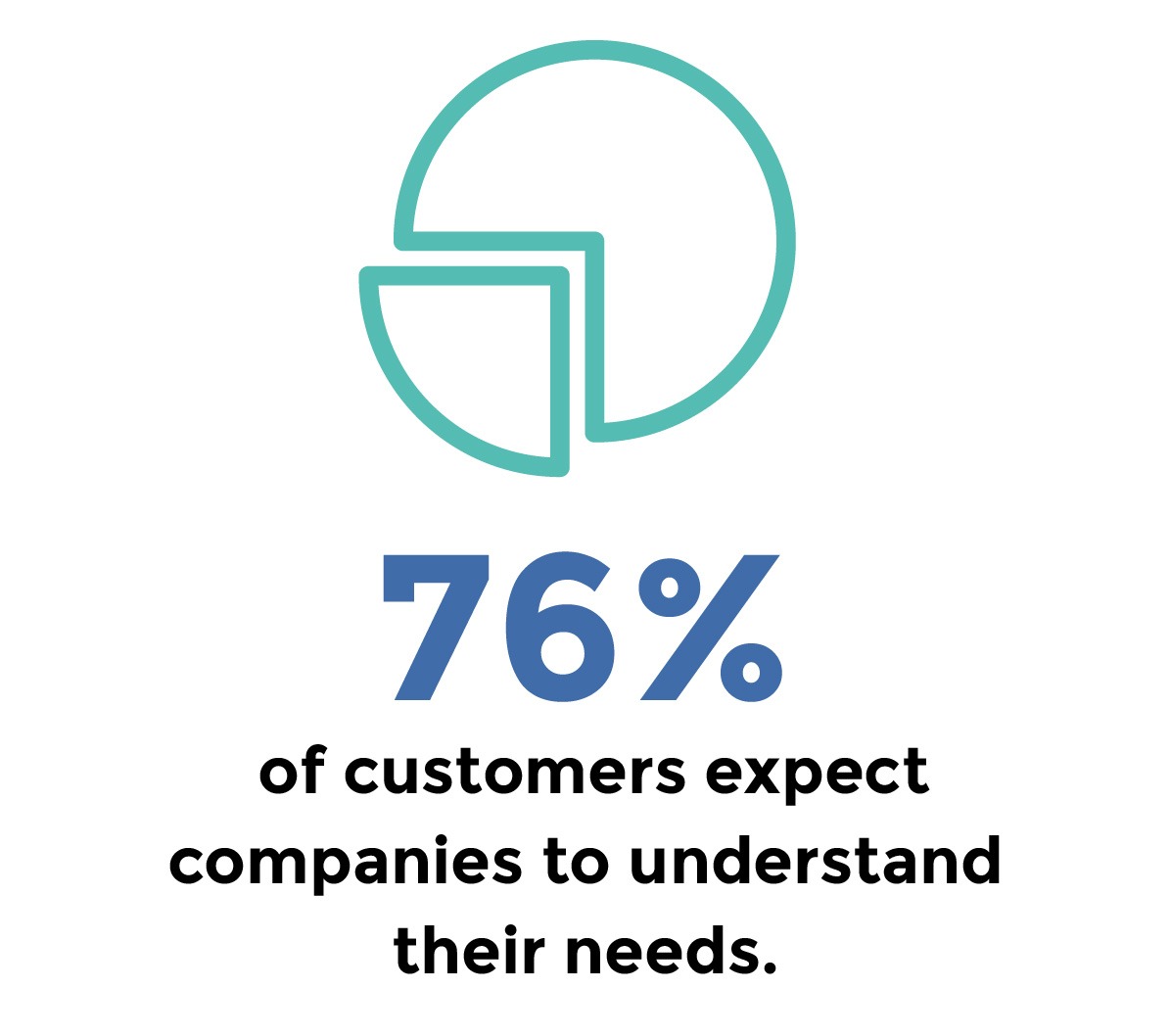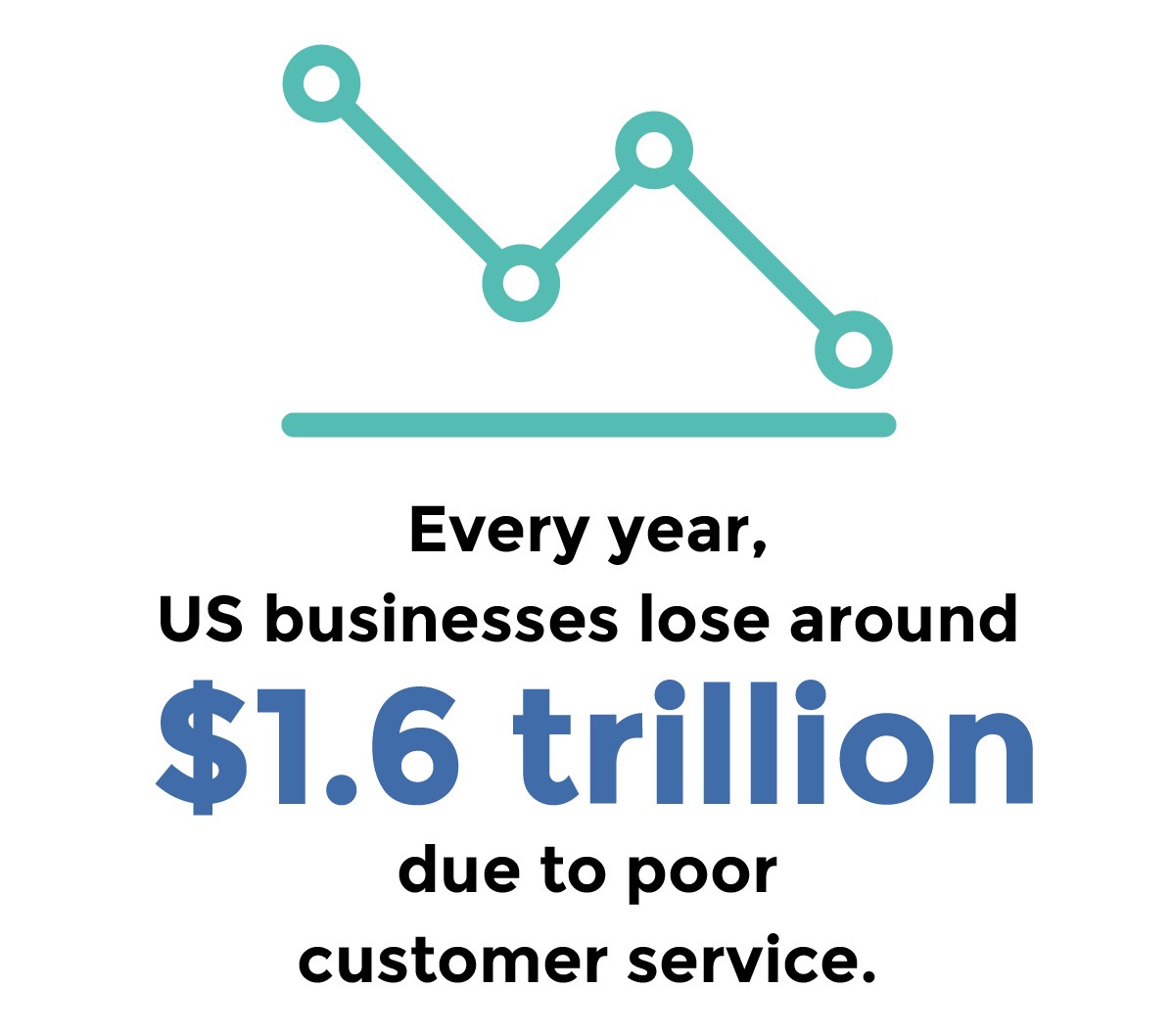Are you in a proposal-writing rut? Do your eyes glaze over a little when you see a new RFP arrive in your inbox? You’re not alone. If you do anything enough times, it becomes routine. Truly, it happens to the best of us. As a SaaS customer success professional working in the RFP world, I’d like to offer a fresh point of view for your consideration.
Here it is: adopting a customer success mindset should be one of your proposal writing strategies. Now, hear me out. On the surface, you may not see much crossover between SaaS customer success and proposal management. However, I would argue that in a perfect world, the priorities of each are nearly identical.
In this post, I’ll explore the connection between proposal management and customer success. I’ll also offer insights on the customer success best practices we use and how you can apply them to your proposal process. With this information, you’ll gain a new outlook to break you out of your proposal writing rut.
- The connection between proposals and SaaS customer success
- What does customer success actually mean?
- The history of customer success
- Customer success today
- Bring customer success practices into your RFP process for a fresh proposal writing strategy
7 customer success principles to apply to your proposal process
The connection between proposals and SaaS customer success
What does customer success actually mean?
Before we jump into customer success best practices, let’s cover what customer success means. Customer success is a business practice that focuses on helping customers achieve their goals by maximizing the value they receive from the vendor. Customer success goes deeper than traditional customer service. While customer service is generally reactive problem solving, customer success is more proactive. Typically, SaaS customer success teams have an ongoing focus on building relationships, anticipating customer needs and adding value.
Proactive customer success practices benefit both the company and the customer. A recent article in SaaSx offers this insight:
“Customer success doesn’t wait until the customer has a problem to try solving it. It anticipates problems and questions, then heads them off at the pass.
When done right, customer success boosts customer happiness and retention, increases revenue, and builds brand loyalty.”
The history of customer success
Customer success is a relatively new discipline. Started by customer relationship management (CRM) companies in the 1990s, the practice quickly yielded positive results. Consequently, when subscription-based, Software as a Service (SaaS) solutions grew in popularity, customer success was an obvious necessity. The ease of switching from one solution to another makes maintaining a happy, loyal and engaged customer base absolutely crucial.
Customer success today
In the time since its inception, an increased focus on customer experience has become even more important. According to a study conducted by Salesforce, a pioneer of customer success, 80 percent of customers say their experience is as important as the company’s products and services.

Bring customer success practices into your RFP process for a fresh proposal writing strategy
So what does all of this have to do with creating proposals? Procurement teams are increasingly adopting strategic sourcing practices to select vendors. Strategic sourcing focuses on big picture partnerships rather than transactions. This shift means that proposals must focus not only on what the customer is asking for, but also how you will help them achieve their goals.
The RFx process sets the stage for a long-term, mutually beneficial partnership. With SaaS customer success practices in focus, you can create a better proposal — one that clearly communicates how your business will ensure retention, loyalty and value. Proposals written with this customer-success mindset are much more likely to be successful.
7 customer-success principles to apply to your proposal process
1. Focus on success, not sales
Within some businesses, there’s skepticism about the SaaS customer success role. Unfortunately, some believe that a customer success manager is simply a pushy salesperson in disguise. The Harvard Business Review commented on this saying:
“Too often, however, customers perceive CSMs to be more interested in making sales than in driving their success. Inconsistency with the role’s title creates customer dissonance and distrust, threatening renewal and an expansion of the relationship.”
To combat this perception, effective customer success must be rooted in a genuine desire to help — focusing on success, not sales. In the same way, effective proposals communicate a sincere belief in your company’s ability to solve a problem.
Certainly it’s true that an RFP is a sales opportunity. However, it’s really a challenge your potential customer is trying to overcome. Changing your mindset about the purpose of the RFP will help you craft answers that are customer-centric instead of sales-centric. So, rather than writing responses that are self-promotional, you’ll address the challenge facing the customer and offer a perfect solution. It seems like a minor shift of perspective, but it can make a world of difference.
2. Do your homework
Understanding is key to connection. In order to deliver a meaningful solution, you have to understand your customer’s business. In fact, according to a Salesforce survey, 76 percent of customers expect companies to understand their needs.
Accordingly, staying up to date with a customer’s business is a key part of the customer success process. For instance, I encourage my team to set up news alerts to better understand and support their customers. Certainly, creating an ongoing news update isn’t necessary for a proposal project. However, spending a few minutes researching the company that issued the RFP will serve you well.
There are a few reliable places that can uncover helpful information including:
-
- Company website: Browse the company’s about us page, mission statement and recent press releases
- Social channels: For a less formal view of the company, browse their LinkedIn page, Twitter and other accounts
- Industry publications: Search for any content contributed by the company and mentions of the business
Use the insights you gain to further customize your responses to the customer’s needs. In addition to including the information in your proposal responses, explore how you would partner with them in your RFP cover letter.
3. Act as a trusted advisor and be human
With a focus on the customer’s success and a deeper understanding of the company’s goals and needs, you are in a good position to act as a trusted advisor. This is where SaaS customer success teams and proposal managers can really thrive.
Both customer success managers and proposal managers are surrounded by the ins and outs of their industry every day. As a result, you’ve likely answered almost every possible question and seen every scenario. So, ask yourself how you can apply that experience to help out the next customer. Many times, this starts with simply asking, “have you considered…?”
Offer helpful resources and suggestions to ensure the client receives the most complete solution possible. In a sea of proposals full of boilerplate responses, this human approach will stand out.
4. Be available
One of the most common frustrations we hear about other software providers is that once the contract is signed, they feel abandoned. Consequently, Accenture estimates that every year, US businesses lose around $1.6 trillion due to poor customer service.

We take a lot of pride in our full-circle customer success process from implementation to ongoing support. Our customers regularly say our support, availability and responsiveness make us different than other SaaS customer success teams they’ve worked with.
In the same way, through every step of the sales journey and proposal, your customer should know who to reach out to for follow up, questions and advice. In addition, your proposal or cover letter can offer to connect the buyer to key subject matter experts (SMEs) or executives. Remember, there’s an actual person at the other end of the RFP who will have to read potentially dozens of proposals. So, it will serve you well to make their job as easy as possible by simply being prompt to respond and available to help.
5. Highlight your Time-to-Value
Time-to-Value (TtV) is a metric specific to SaaS customer success that we focus on at RFP360. This concept measures the time from the moment the contract is signed until the customer begins realizing the solution’s value. The shorter that time is, the more value the customer gets overall. TtV is a key indicator of a solution’s functionality and usability as well as the effectiveness of the customer success team. Achieving a shorter TtV is a positive indicator for long-term adoption.
The Time-to-Value concept can woven into your proposal responses as well. When responding, note any technology or processes that make your company uniquely efficient. Be sure to frame the response in a way that highlights the benefit to the customer. By keeping this in mind when responding to RFPs, you reinforce your company’s commitment to creating a mutually beneficial partnership.
6. Communicate to internal teams for a long-term relationship
Clear communication ensures that your successful proposal is the first step to a successful relationship. For example, our customer success process relies on our sales team to document and share each new customers’ needs, expectations and goals.
In the same way, proposal managers can help smooth the customer journey. After all, as the proposal manager, you dedicate hours researching, writing and creating a connection. In that time, you will undoubtedly uncover some insights that will be helpful for the relationship moving forward. Clear communication leads to long-term vendor partnerships. As a result, you’ll be less likely to be required to answer the same RFP again in a year because they’re looking for a new vendor.
7. Learn from your losses
Avoiding customer churn is a big part of SaaS customer success. Unfortunately, from time to time, we find ourselves at the end of a relationship with one of our customers. Regardless of the reason the partnership is ending, every lost opportunity carries insights that can guide us in the future. In some cases, this valuable feedback has impacted or improved our roadmap, processes and approach.
Sadly, you too will likely find yourself on the losing-end of a proposal. If you ask the right questions, you may learn how to win the next one. So don’t skip the debrief! After every proposal, ask the point of contact for 20 minutes to discuss the determining factors and record and retain that feedback. Share it with the affected SMEs and strategize on how to put the issue in the past.
Balancing efficiency and customer success best practices
As technology and RFP automation make proposals faster and easier, it’s important to remember the people behind the process. Armed with these SaaS customer success principles, you’ll have a more customer-focused, mindful approach. As a result, you’ll create proposal content that is both efficient and effective.
